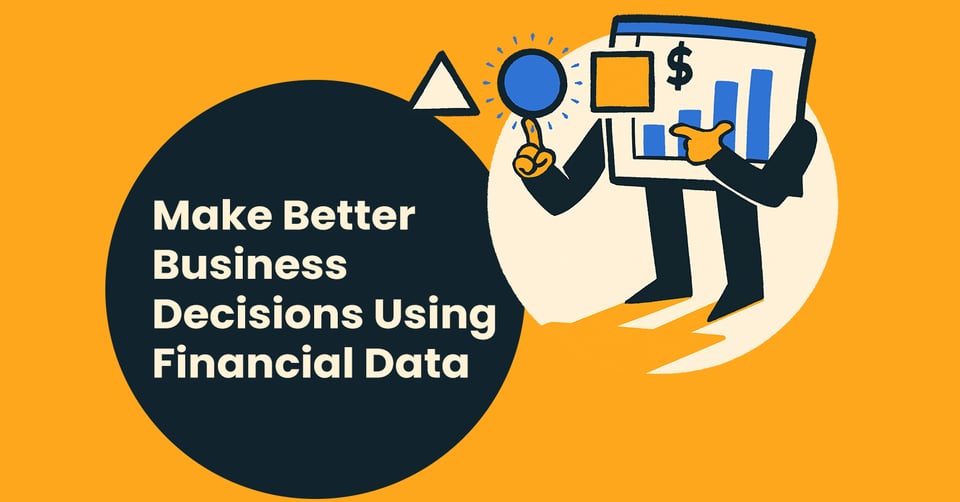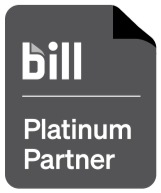
As state governments waffle between reopening in phase two, phase three, and even a few phases in between, businesses are stuck, wondering what to do.
Source: New York Times
There’s a way to return to business — but it won’t be “as usual.” The good news is that, unlike in the April 2020 shutdown event, this year’s reopening allows business owners to pave their own (compliant) way.
Make a phase three reopening plan
Plotting your course gives you and your team a map to follow. A documented plan also assures customers and partners of your commitment to everyone’s shared goal: safety.
Start with your “why”
Begin formulating your plan by revisiting your corporate values. Again, all businesses share a couple of common goals — everyone wants to keep people safe, and everyone wants to conduct business. But each company’s values will determine their unique philosophy, approach, and even tactics.
So filter your corporate values through the Centers for Disease Control and Prevention (CDC) Hierarchy of Controls. It’s a visual that puts your options in perspective according to effectiveness and implementation difficulty. Typically, the most effective prevention measures are the most difficult to apply and enforce.
Source: National Institute for Occupational Safety and Health
What do these measures look like in practice? Experts at both Cornell University and the American Society of Safety Professionals have mapped the hierarchy tactics for a phase three reopening.
However, no outside expert knows your philosophical values as intimately as you and your team do. So gather your directors and managers and any other business leaders, and involve them in this mental work. The exercise will help determine the why behind your new strategy.
For example, if one of your values is “teamwork” or “interdependency,” then you might allow workers to show up each day without recording temperature checks or showing negative COVID-19 test results. You may say, “Our values compel us to trust one another,” and you’ll rely on your team members to use their judgment and self-screen.
But if your values are “transparency” or “radical candor,” you may feel it’s more appropriate to record temperatures, including leadership’s. (While the federal government allows temperature checks, remember to check with local and state regulations before asking employees personal questions).
“People don’t buy what you do, they buy why you do it,” writes Simon Sinek in his popular book Start with Why. Having a fundamental reason why you plan to open your way will allow you to defend your logic when uncertainties arise.
Consider your financial abilities and timeline
With your new, values-driven mentality, you can now assess your financial ability to transition back to open. Here’s how.
- • Examine your current profit and loss statement and balance sheet. Before deciding anything, you must know what you have (and why/where it came from).
- • Evaluate your cash reserves and current cash flow. An updated cash flow statement can help you determine your business’s financial health. It’ll show your ability to navigate unexpected events (surprise setbacks or opportunities) without skipping a beat.
- • Decide now what expenses and income streams are flexible. Based on your analysis of your finances, make a list of costs that may be suspended or even cut if necessary to accommodate the upcoming transition. Then, brainstorm revenue sources and financing options that could come in useful.
- • Forecast scenarios based on financial possibilities. Know exactly where you’ll be in three months, six months, and a year, depending on what reopening moves you make now. Envision the financial outcome of today’s decisions.
If you’re like most small and mid-market business owners, these financial analyses are beyond your current capacity. You may not have the time, data integrity, processes, desire, or know-how, or to sit down and study your finances before reopening.
Thankfully, though, that’s what we at Ignite Spot do best. Talk with an Ignite Spot accountant (for free) today by calling us at 1-855-694-4648. We’ll help you know exactly what you need to use concrete financial data to decide the best reopening course for you.
Knowing your financial status simplifies the timing of your phase three reopening strategy. And that’s great because next, you’ll plot the plan’s timelines. All that’s needed is a list of upcoming moves you plan to make, and what will prompt them. Ground this timeline in a combination of external and internal events.
“External events” could include the following:
- • Governors’ orders
- • Declining local case counts
- • Nearby hospital capacities/system loads
- • Vaccine availability
Internal milestones may involve protocol readiness — when will you have the tools and processes poised to execute? It could also entail employee sentiment. Many small businesses are taking this opportunity to survey team members on their feelings about the transition.
To inspire your own survey, TinyPulse offers a helpful list of 10 pre- and post-return-to-work questions you can use.
Source: TinyPulse
Execute phase three: Transition to your 'new normal'
The next step is to position all the tools and processes to execute your plan. Depending on your chosen level of mitigation, take the following actions to prepare for the return of customers, partners, and employees.
Upgrade your cleaning routine
Servpro, ServiceMaster, and Aftermath all have locations across the United States. If you plan to do it yourself, get familiar with the CDC’s facility cleaning guidelines. It’s all there, from the type of gloves to use to the treatment of different types of surfaces.
Reshape the on-site workplace experience for team members
Some ways you can do this:
- • Reduce the capacity of your workplace to the number of workstations allowed by your reopening plan. Remove some desks and chairs, close some office spaces, and spread out the remaining stations.
- • Increase distance between workers, and install plexiglass barriers if desired.
- • Erect (potentially optional) temperature-check kiosks.
- • Set up multiple, easily accessible, self-serve mask distribution centers.
- • Install hand-sanitation stations and increase the number of handwashing sinks in your workspace. Handwashing is more effective than a squirt of sanitizer, so if plumbing cannot be altered in time, fill the lapse with temporary handwashing stations.
- • Create and display signage that encourages meetings of fewer than 10, and allow meetings only in spaces where six feet of distance between each person can be observed. The workforce management experts at Salesforce have provided free signage templates any business can use:
Source: SalesForce Signage Guidelines
Learn how airflow affects the way infectious diseases move throughout a room
Update or upgrade your HVAC system to reduce air recirculation and increase airflow from the outdoors in and back again (unless you’re in a highly polluted region).
Clean your building’s air filters. Place window fans to pull air from rooms and disburse it outdoors. Inspect and clean all exhaust outlets. Set up portable air purifiers in each room of your workspace, if desired.
Source: Environment International
For all the technical details about how — exactly — to optimize a building for COVID-19 risk mitigation, the U.S. Environmental Protection Agency recommends business leaders read Core Recommendations published by the American Society of Heating, Refrigerating and Air-Conditioning Engineers (ASHRAE).
One tactic by itself won’t suffice. After all, your workspace is unique. So the combination of your choice of these moves will determine how effective your risk mitigation is.
Communicate your phase three reopening plan
Finally, you’re ready to broadcast all you’ve done and plan to do to reopen. You’ll be communicating throughout the process to both employees and customers, so strike the right tone from the beginning.
Ensure your messaging is consistent — customers shouldn’t hear something different from what vendors, partners, or employees hear. Share your plan with employees and partners at least two weeks before implementation. While intranet messages and memos are great, a meeting is most impactful. Try to meet (virtually, if necessary) so team members can experience your enthusiasm and see your sensitivity to their needs.
Then, begin communicating your plan to the public. In your communications, include:
- • A list of the measures you’ve taken to ensure everyone’s safety and effective business processes: Offer an overview, and let folks know there are more details available upon request.
- • An overview of the plan for returning to on-site work: This is where you’ll tell folks about those timelines and contingency plans.
- • A description of your readers’ responsibilities, as well as their options: For employees who want to return, have them conduct a daily wellness check on themselves. Ask team members not to bring (m)any personal items from home (like travel mugs, picture frames, plants, etc.). Further, ask them to take home whatever items they must bring (sweaters, personal mobile phones, umbrellas, lumbar cushions, “readers,” for example).
- • A feedback portal: Nothing says “We care about you” quite like an invitation for comments and suggestions. Communicate your desire to hear your customers’ and employees’ ongoing responses. A feedback portal also ensures that these people will help you think through possibilities you hadn’t considered before.
The medium you choose will depend on the sensitivity of the details you plan to include. For example, if your company has only five employees and twenty-five customers, an email will work.
For a broader distribution to the public, consider using social media. Read the U.S. Chamber of Commerce’s digital toolkit for tips and sample social media posts.
Reopening is a leadership skill
Business owners who navigate this unprecedented time will earn a badge of honor no generation has ever worn: Leading a team through a global pandemic/lockdown and emerging operational is a massive achievement. Move forward planning to iterate and improve as new developments arise.
Again, so much of what you can do to mitigate risk will depend on your financial situation. For improved visibility and decision-making power, download our free cash flow forecasting tool.












.png)




